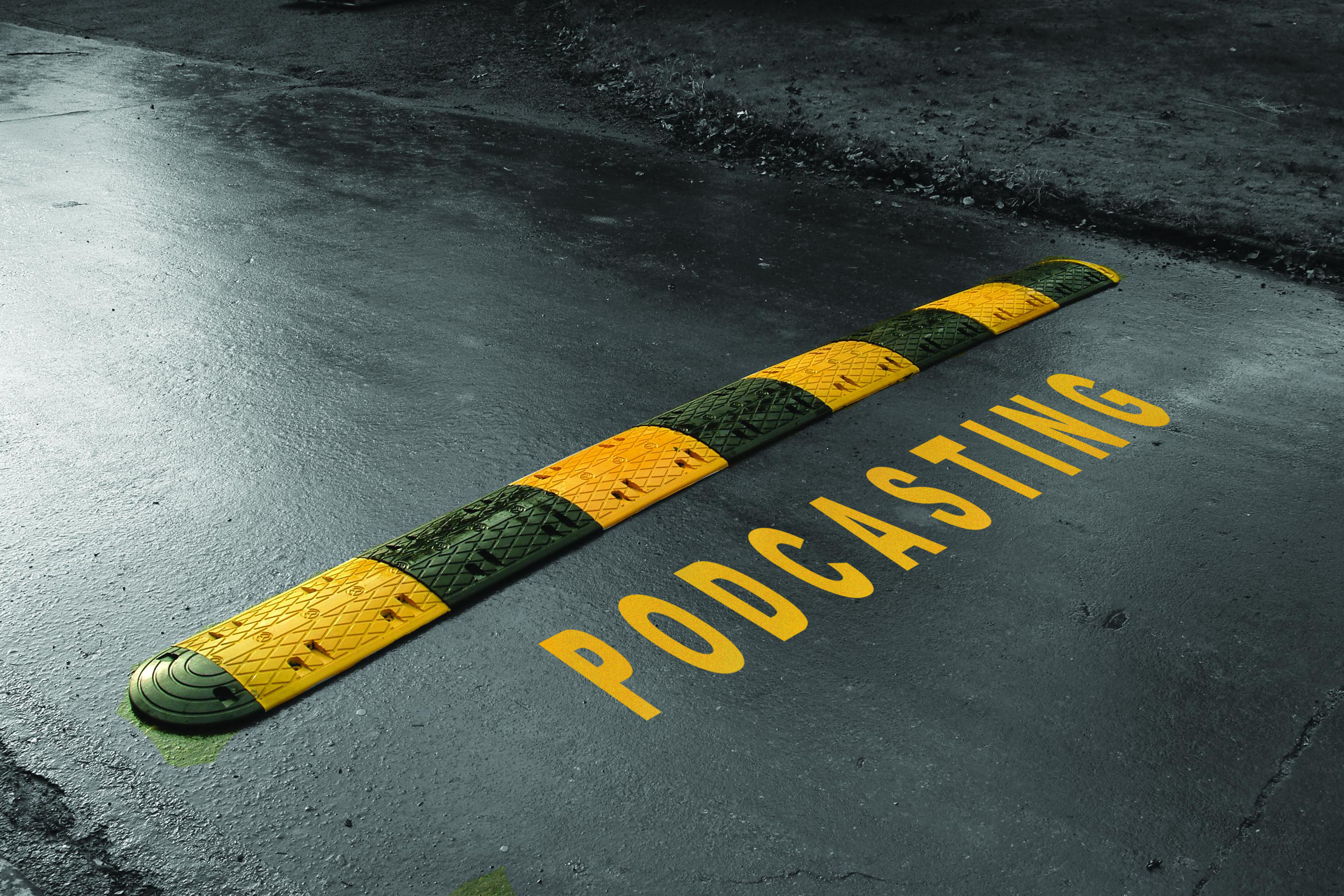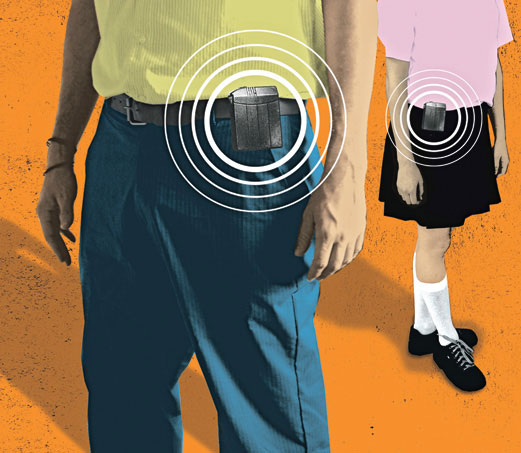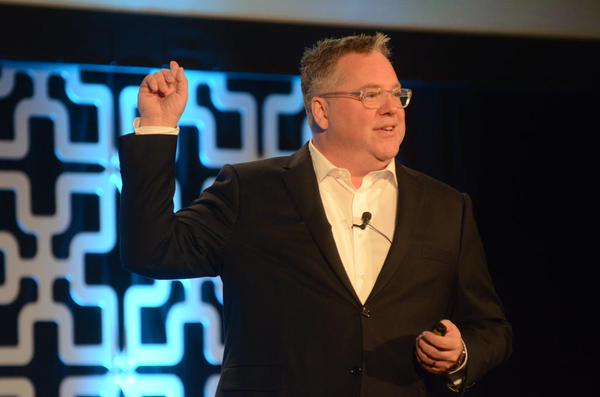
When it comes to media adoption, it’s not always easy to read the signs. It’s a fluid marketplace, marked by new entrants and new platforms, in an atmosphere where incumbents trying to hold onto their traditional share of audience.
Podcasting has been an especially fascinating media player to watch during its roller coaster two decades. In the early years, dreamers without media access embraced, and later worshipped the space as a place where creativity, innovation, and free expression could flourish – all with a low barrier to entry.
As the years rolled on, podcasters gained more confidence – and more listeners and subscribers Some became celebrities in this new category, broadcasting their ideas in a more casual, less slick and interruptive atmosphere than its older cousin – radio. Then “Serial” happened, proving that podcasts could generate both cultural buzz and large audiences. As we’ve detailed in this blog, that event opened the floodgates, as investors, producers, and yes, even radio broadcasters jumped into the fray, looking to cash in on what promised to be the next phase of an “audio revolution.”
 As discussed in yesterday’s post, however, the road post-“Serial” has been uneven at best, even rocky at times. While podcasting revenues have grown exponentially – reaching a projected $2 billion when all is said and done on 12/31 of this year – only a fortunate handful seem to be cashing in. And as Nicholas Quah posited, podcasting is in danger of becoming as safe, conservative, and predictable as (audible gasp!) radio.
As discussed in yesterday’s post, however, the road post-“Serial” has been uneven at best, even rocky at times. While podcasting revenues have grown exponentially – reaching a projected $2 billion when all is said and done on 12/31 of this year – only a fortunate handful seem to be cashing in. And as Nicholas Quah posited, podcasting is in danger of becoming as safe, conservative, and predictable as (audible gasp!) radio.
In that context, what can we glean from the state of podcasting this year? Is the growth in ad spending translating to a renaissance in creativity? Or is it ushering in a period of playing it safe? Is podcasting becoming a place where tired celebrities round out their portfolios with audio content or is it a haven where audio magic can still happen? Is “commercial creep” beginning to erode podcasting on the same slippery slope radio found itself?
Based on what I read last week – sadly – it is looking more like the medium is taking on some rust. Here are some examples of what I’m talking about, all signs of concern for a medium that still holds much promise.
Shaky metrics – Throughout its relatively brief history, podcasting has run into measurement problems. Despite the influx of dollars and producers these past several years, reliable data has been at a premium. Downloads are still a key metric, even though they provide no indication of engagement on the one hand or actual listening on the other hand.
At conferences like Podcast Movement over the past several years, I’ve watched podcasters wring their hands over metrics that are full of holes. Investors, however, continue to point to the enthusiasm of major advertisers, excited about a space that just cannot seem to get its collective arms around measurement. As long as the sponsorship dollars keep flowing, podcasting proponents will tell you it doesn’t matter.
But radio people, in particular, know first-hand that it does. Radio ratings have always been accompanied by levels of doubt – especially by people who work on the content side of the medium.
ratings have always been accompanied by levels of doubt – especially by people who work on the content side of the medium.
The diary methodology has intrinsic flaws. So does metered measurement à la PPM. But Arbitron, and later Nielsen have won over advertisers who generally trust this data is the currency of radio. Thus, they transact business based on it.
Yes, Nielsen ratings “wobble” (or “bounce”) and don’t always react as predicted or in ways that seem logical. But there is tacit belief the ratings are taken in a credible, well-defined manner. There are hard and fast rules, penalties for violations, and guard rails in the forms of councils designed to oversee the process.
Ultimately, you cannot market what you cannot measure. And no medium can run mostly on faith. At the end of the day, any marketing vehicle must have efficacy, and proof of concept. It either works or it doesn’t.
What is truth in podcasting consumption? Where is the data coming from? Who reports it? Is it a meaningful reflection of behavior?
People either listen to the podcast episodes they download – or they don’t. They skip through commercials – or they don’t. They engage with host reads – or they don’t. At a certain point, the media buying community demands a certain guarantee they’re getting what they paid for.
Podcasting is a woefully under-researched platform. And I have found out – sometimes the hard way – that many podcasters actually want it that way. They’ve watched what they believe researchers and consultants (now, it’s getting close to home) have done to radio and other creative media. And they want no part of it. But data that measures performance, satisfaction, the content, and the user experience is how products improve and evolve.
 Case in point: nearly two decades into podcast’s history, and we’re finally seeing some degree of consensus on the age-old question, “What’s the ideal length for a podcast?”
Case in point: nearly two decades into podcast’s history, and we’re finally seeing some degree of consensus on the age-old question, “What’s the ideal length for a podcast?”
At the PRPD Conference last month, I watched two smart and experienced producers of local daily news podcasts virtually stand on their respective desks, insisting their shows run no longer than 15 minutes in length.
Of course, that’s a specific genre of podcast, often listened to in the morning hours by consumers rushing around. Should every podcast be that brief? Of course not. But in answer to the question, I now might offer a different response than the ones that previously passed for wisdom.
How long should a podcast be?
“Shorter than you think.”
Why the diatribe on metrics? Because last week, Bloomberg’s Ashley Carman wrote a revealing story about podcast metrics with this shocking headline:
“Podcasters Are Buying Millions of Listeners Through Mobile-Game Ads”
Her story exposed a trick some podcast networks are using to essentially game the system by running ads within video games. When players tap an ad, they may be rewarded with a virtual prize or loot, but they’re also automatically served up with a podcast that downloads on their device.
rewarded with a virtual prize or loot, but they’re also automatically served up with a podcast that downloads on their device.
Of course, they didn’t intentionally seek out said podcast, and while they only may “listen” for a few seconds, it counts as a download. Sleazy, right?
The more gamers engage with the ads, the more downloads are racked up. Because, as Carman reminds, “downloads are the primary metric for ad sales,” it’s hard to blame networks for trying.
The problem is – as mentioned – downloads are an inferior metric to begin with. And advertisers are paying for ads that likely aren’t being heard.
And these downloads help podcasts move up the popularity ranks, much like how radio stations have their own hierarchies in local and national markets.
The practice Carman describes is a specialty of a company called Jun Group. And she goes on to point out its “main podcast client is iHeart.”
In many ways, this is no different than Sirius and XM (especially back when they were seperate companies) counting unsold cars on dealer parking lots as “subscribers.” As long as they were prepped with the service, these empty vehicles were part of the overall “cume” of the satellite services.
 It’s no different than the myriad tricks, games, black boxes in the rack room, and other manipulations radio programmers have pulled over the decades to take advantage of a system that can be played.
It’s no different than the myriad tricks, games, black boxes in the rack room, and other manipulations radio programmers have pulled over the decades to take advantage of a system that can be played.
Fair? Maybe not. But illegal? No.
And in an industry short on reliable metrics from the git-go, these games expose a lack of credible usage data.
Podcasting RIFs – If you think those layoffs – more quaintly known as “reductions in force” – are just happening in radio, think again.
Last week (as I said, it was a tough week), AdWeek ran this scary story:
“CNN Cuts Down Podcast Programming, Slashes Audio Department”
Meseret Ambachew reports CNN recently sacked most of its podcast division in a cost-saving move dictated by parent Warner Media and Discovery, Inc.
Ambachew notes this decision runs against the grain of where the audio industry is headed. CNN launched its podcast division in 2020, aggregating its existing shows under one brand name. Many of their podcasts are hosted by well-known anchors such as Anderson Cooper.
existing shows under one brand name. Many of their podcasts are hosted by well-known anchors such as Anderson Cooper.
CNN’s statement was brief:
“Over the last several years we’ve learned a lot about the topics and productions that most resonate with our audiences. As a result, we’ve refined our strategy to focus our resources more specifically on those areas.”
Translation: We’re cancelling our losers, cutting resources, and focusing on only the shows that are delivering numbers or that we deem have the potential to do so.
It would be easy to write off CNN’s moves as indicative of other firings and cutbacks that have taken place under Warner and Discovery in their efforts to make their flagging cable news network more competitive with Fox News and MSNBC.
But remember that over the summer, Vox Media laid off 39 staffers. Last month, it was Acast cutting 15% of their employees.
Most of these moves have been tied to the coming recession, of course, as companies try to position themselves ahead of economic chaos.

Yet, for a medium that continues to be touted as up-and-coming, cutbacks in podcasting are alarming, suggesting the problems run deeper than the Fed, the Ukraine-Russia War, and inflated gas prices.
Maybe all this slashing is ultimately for the good. Amplifi Media’s Steve Goldstein concurred in his Blogstein column yesterday, delivering a “Bravo” to companies finally getting more in touch with their audiences.
Still…
Podcasting consultant Eric Nuzum weighs in – Many of you know Eric from his long and glorious run in public radio, specifically at NPR in programming and podcasting creation. Eric has a long history of launching successful shows, for both the airwaves and on-demand realms.

As someone advising companies on podcasting strategies, his words matter. And in a recent op-ed in Nieman Lab, Eric had a lot to say about the aforementioned budget and staffing moves affecting the podcasting world.
Not exactly calling the run to invest in podcasting “irrational exuberance,” Eric refers to it as “the FOMO-fueled gold runs that’s built up over the past seven years.
Eric contends podcasting’s core problem revolves around a basic misunderstanding about the medium, its producers/talent, and their relationships with listeners.
Rather than be fixated on revenue-generation, he believe success will be had when organizations focus on “audience building” – that is, “using podcasting to build and deepen relationships, first and foremost.”
Rather than obsess about “How are we going to monetize this?” the idea is to engage with podcast audiences – via partnerships, subscriptions, events, and other connection points.
connection points.
It amazes me when I hear otherwise smart media executives – many of whom built successful broadcasting organizations – immediately move to the money game, skipping over the fundamental steps Eric talks about.
Especially in an overcrowded marketplace, filled with bad shows or podcasts that haven’t produced a new episode in months, it is essential to focus on audience building and listener engagement.
So, is there something wrong with podcasting?
As Goldstein notes, it’s analogous to the auto industry. Yes, Oldsmobile couldn’t compete in the marketplace. Meanwhile, Tesla has innovated its way to smashing successes.
Podcasting is no different. The space is fertile and (at least for now) the dollars keep pouring in.
But anybody who thought this was “easy money,” a vertical where all you had to do was sign or deploy A-list celebrities, throw together a batch of episodes, and sit back and collect boxcar loads of cash will be sorely disappointed.
Not everyone will be smiling “at the end of the day.”
Winning in podcasting will require research, accurate usage and perceptual data, great talent, exceptional writing, superb production, and strategic marketing.
In other words, the same level of investment it has always taken to create hit anything.
Sorry, but there are no shortcuts on the way to making great content.
You can read yesterday’s post, Part 1, here.
oin me and the Podcast Radio folks at the Podcasts Futures New York conference on Wednesday October 19th. I’ll be talking about the confluence of podcasting and broadcast radio. Podcast Futures is an all-day event starting at 10 am at the Javits Center. For more information and registration, go here.
And AllAccess is creating a podcast directory where your radio station’s podcasts can be listed. Send the following info on your podcast to [email protected]
Name Of Podcast:
Station Calls/Market:
Formats (example: Top 40, Top 40/Rhythmic, Hot AC, Alt, Rock etc)
Podcast Home Page Link:
RSS Feed Link
Spotify Link:
Apple Podcasts Link:
Google Podcasts Link:
- What To Do If Your Radio Station Goes Through A Midlife Crisis - April 25, 2025
- A 2020 Lesson?It Could All Be Gone In A Flash - April 24, 2025
- How AI Can Give Radio Personalities More…PERSONALITY - April 23, 2025




Another great read! I was talking about this to a couple radio people. One expressed that she didn’t think she could build a loyalty base like she did in the past 25 years. I agreed. With so many platforms vying for our time, XM, podcasts, radio, content from our phones,, Spotify, TV, Pandora its difficult to talk to others about favorite programming because people are not listening to the same things anymore. There was a day after an award show where the next day at work it was all we were talking about. Right now there are lots of options to choose from but to find a “majority” of people who enjoy the same thing is getting more difficult. Media has fractured and has evolved into, I think, a more personalized nd individualized entity.
Maybe I’m missing something, Fred, but is Nielsen taking any action to get podcasters to carry PPM coding? Wouldn’t that be a way to find out who’s actually listening to a podcast, rather than subscribing once but maybe listening inconsistently or not at all? Further, if a unique code were embedded only in the ads, that would tell media buyers whether their dollars were well spent (ie, ads not skipped, an option unavailable to OTA listeners).
Podcasting’s similarity to radio is only superficial; some ingenuity is required for measurement, but surely they (Nielsen) are up to the challenge, aren’t they?
I believe, John, that when the podcast is actually the morning show (for example) – typically divided into chunks, listening to them within 24 yours of the broadcast “counts” – IF the podcast is properly encoded. But a podcast produced by the midday person about his favorite local restaurants is not calculated into ratings. It would have to be sold on its own merits.
Just thinking out loud…:
Wouldn’t it be great if some informatic guru invented something like an “audio cookie”, so you can track how podcasts are being consumed?
That should be mandatory for anyone who wants to monetize his/her productions…
Would it be too difficult to create?
It probably exists in one way, shape, or form, Tito. I, like you, don’t understand why the available metrics are so crude.